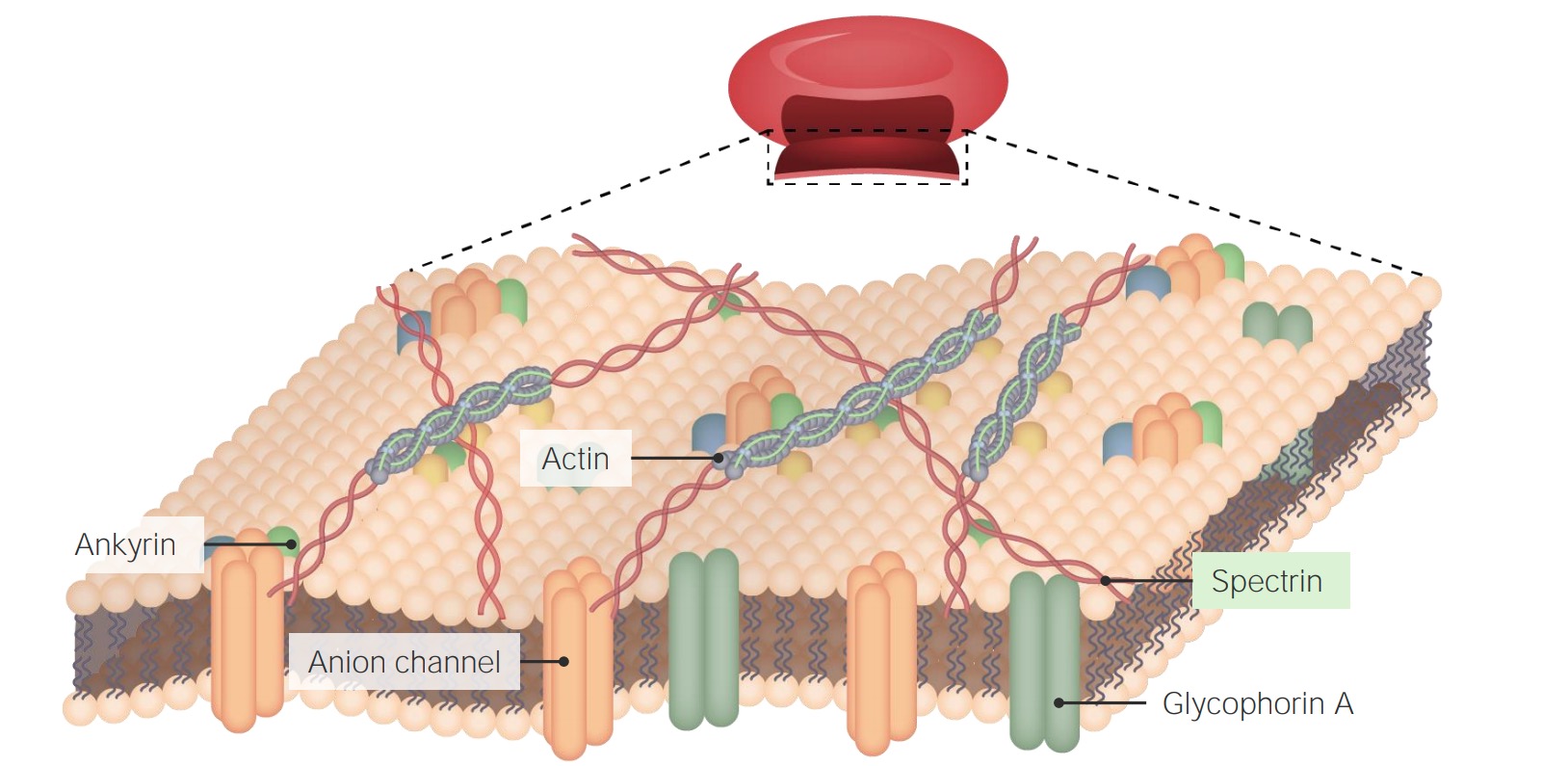Playlist
Show Playlist
Hide Playlist
Membrane Fluidity – Biological Membranes
-
10 Basic BiologicalMembranes.pdf
-
Biochemistry Free and Easy.pdf
-
Reference List Biochemistry.pdf
-
Download Lecture Overview
00:00 Die Membranfluidität ist eine weitere Möglichkeit für Organismen, wie sie mit der Umwelt umgehen oder umgehen müssen, in der sie sich befinden. Um dies zu veranschaulichen, muss ich ein paar Konzepte einführen. 00:13 Das erste Konzept ist also das der Übergangstemperatur oder auch Tm genannt. Die Tm definiert eine Umwandlung und einfacher ausgedrückt, definiert diese Umwandlung die Veränderung der Lipiddoppelschicht von einem festen Zustand zu einem flüssigen. Nun stellt sich heraus, dass das wirklich wichtig für eine Doppelschicht ist, weil die Fluidität wichtig ist. Zellen müssen, um sich zu bewegen, diese Flexibilität und Fluidität haben. Wie wir hier sehen, liegt die Tm in der Hälfte des Übergangs. Das Ding bei den Fettsäuren ist, dass sie unterschiedlich gesättigt und ungesättigt sind. Fettsäuren, die ungesättigt sind, haben viel niedrigere Schmelzpunkte als solche, die gesättigt sind. Und in ähnlicher Weise haben die Lipid- doppelschichten, die ungesättigte Fettsäuren enthalten, tendenziell eine viel geringere Tm als diejenigen, die gesättigt sind. Dies stellt sich als sehr wichtig heraus und ein gutes Beispiel dafür sind die Fische. Fische leben im Ozean und die Umgebung im Meer ist normalerweise kühler als die Umgebung, in der wir uns befinden. Außerdem haben Fische keine Thermoregulation, weshalb sie also ziemlich abhängig von der Temperatur der Umgebung, in der sie sich befinden, sind. 01:29 Wir haben alle schon von dem Wert der ungesättigten Fischölfettsäuren gehört. 01:36 Einer der Gründe, warum Fische einen hohen Anteil an ungesättigten Fettsäuren haben, ist, dass sie diese in ihre Membranen einbauen und die Membranen bei den niedrigen Temperaturen, die die Fische im Ozean vorfinden, fluide bleiben. Nun ist ein weiterer wichtiger Punkt für Lipid-Doppelschichten das Cholesterin. Ich habe es bereits in diesem Vortrag erwähnt und Cholesterin ist wichtig, nicht um die Tm zu ändern, sondern um den Bereich zu erweitern, in dem die Tm tatsächlich existiert. Diese Ausweitung des Bereichs ermöglicht der Membran eine breitere Palette von Umgebungen, in denen die Zelle tatsächlich existieren kann.
About the Lecture
The lecture Membrane Fluidity – Biological Membranes by Kevin Ahern, PhD is from the course Biochemistry: Basics.
Included Quiz Questions
Which of the following statements regarding membrane fluidity is NOT true?
- The cell membranes in the fish have higher amounts of saturated fatty acids than unsaturated fatty acids.
- Membrane fluidity varies with the changes in the cell membrane compositions.
- The transition temperature (Tm) of the cell membrane defines the point of the conversion from a solid-like phase to a fluid-like phase.
- The unsaturated fatty acids in the lipid bilayer lower the transition temperature point.
- The fluidity of the cell membrane is very important for the survival of the cell in varying temperatures.
Which of the following is true regarding the composition of lipid bilayers?
- It involves more unsaturated fatty acids for cells in colder temperatures.
- It does not include cholesterol.
- It includes proteins, lipids, and phosphates, but not carbohydrates.
- It does not involve charged substances.
- It involves more saturated fatty acids in colder temperatures.
Customer reviews
5,0 of 5 stars
| 5 Stars |
|
5 |
| 4 Stars |
|
0 |
| 3 Stars |
|
0 |
| 2 Stars |
|
0 |
| 1 Star |
|
0 |




